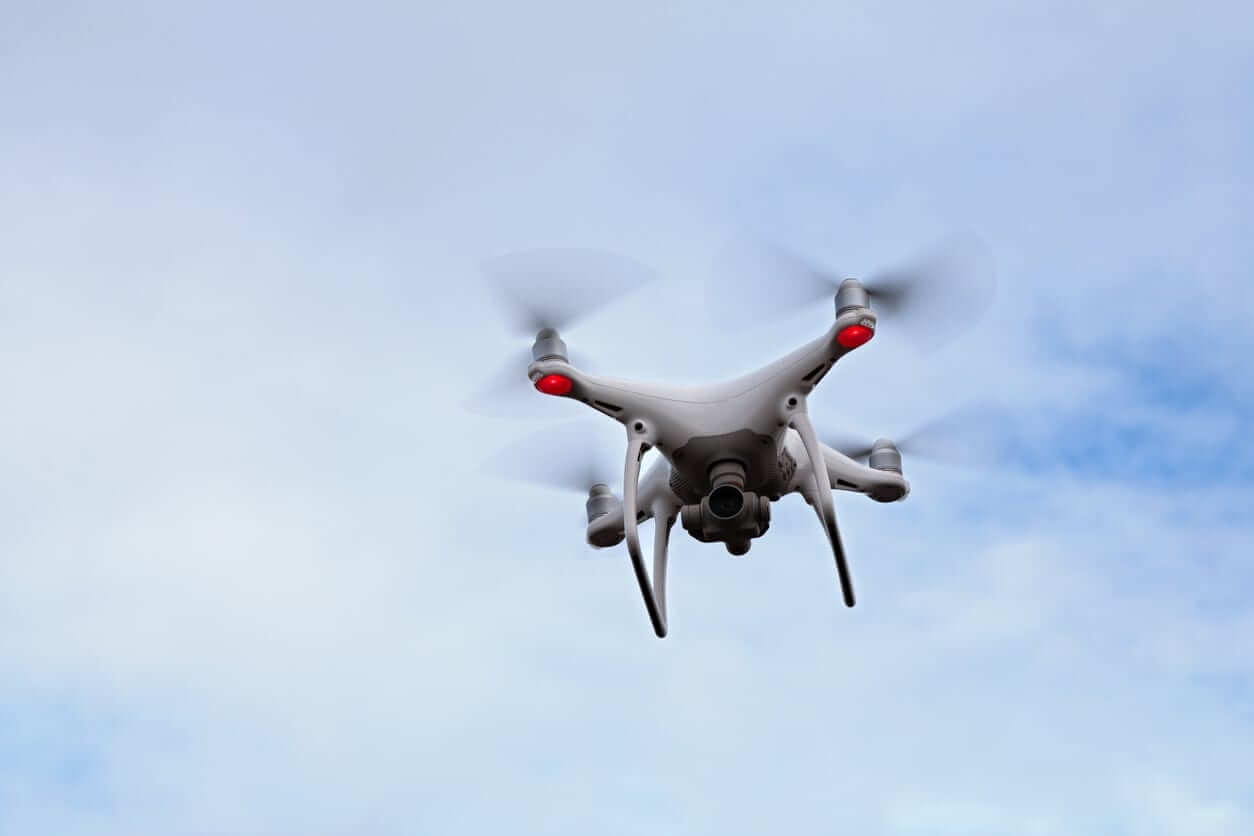
When people think of cutting-edge research and development in the technology industry, they often think of places like Silicon Valley, secret underground government research labs, or the nation’s most prestigious universities. However, when it comes to drones, more formally referred to as unmanned aircraft systems (“UAS”), much of the cutting-edge research shaping this young and developing technology is done right here in the Red River Valley.
In a world that is increasingly dependent on big data and information, UAS technology allows us to have more information at our fingertips with less effort than ever thought possible. The uses for UAS technology seemingly grow every day. Among countless other uses, companies such as Amazon have suggested that UAS may be used to deliver packages; Tesla is considering the use of UAS to monitor traffic and supplement other autonomous driving technology, while the government implements the technology for a variety of military and law enforcement purposes. Of particular interest to those in the Red River Valley is the use of UAS technology in the agriculture sector.
UAS technology has the potential to provide farmers with critical information in real time that will allow them to monitor and respond to crop issues like never before. For example, UAS have been used to fly over fields and take exact measurements of plant height, color, and even surface temperature. Using this technology, farmers have been able to identify even small pockets of their crop whose surface temperature is as little as a degree or two cooler than the rest of their crop, indicating a host of potential issues. Armed with this information farmers can identify potential problems much earlier than previously possible and respond accordingly – decreasing the amount of crops lost to issues that could have been treated, limiting the spread of issues, and increasing total crop yields.
As with any new technology, rules must be put in place to ensure it is used safely and without violating the rights of others. Because UAS operate in airspace potentially occupied by other aircraft, the Federal Aviation Agency (“FAA”) has taken the lead on developing rules for the private and commercial use of this new technology. Among other issues, the FAA had to determine exactly what constitutes a UAS; asking questions such as whether toy planes and remote control helicopters that have been around for decades should be subject to the same FA A regulations and how to distinguish between the classes of aircraft. Ultimately, the FA A drew the line of distinction at how the aircraft is used, with those aircraft being employed strictly for hobby or recreational use deemed “model aircraft” not subject to FAA regulations relating to UAS. If, however, the same device is used for commercial purposes, it becomes subject to the FAA UAS regulations contained in Part 107 under Title 14 of the Code of Federal Regulations (“Part 107”).
The initial regulations contained in Part 107 were widely criticized as significantly too restrictive, in part because of the requirement that anyone operating a UAS have a pilot’s license. This summer the FAA responded to the wave of criticism that came with its initial regulations and made significant amendments to Part 107. The amendment traded the pilot’s license requirement for a new “remote pilot certificate” which can be obtained by being at least 16 years of age; either passing an initial aeronautical knowledge test at an FAA-approved testing center or holding a Part 61 pilot certificate (beyond student-pilot status); and passing a Transportation Security Administration background check. In addition to the pilot being properly certified, every UAS used for commercial purposes must also be registered with the FAA.
Beyond certification requirements, UAS pilots must also comply with a number of operating restrictions. To ensure the pilot can identify and avoid collisions with other aircraft and obstructions such as power lines, the UAS must always be within the pilot’s visual line of sight, fly no higher than four hundred feet above the ground, fly no faster than one hundred miles per hour, and only fly during daylight hours. In this age of data mining and the collection of personal information derived from online activity, some fear what impact the development and use of UAS by private industry might have on personal privacy. UAS operating under Part 107 may not film, or even operate above, any persons not directly participating in the commercial capacity or purpose for which the UAS is being employed.
As technology evolves, so must the laws that ensure it is used responsibly. When the technology in question is new and changing every day, those laws are likely to lag behind, but in time will also evolve to ensure we can reap the benefits of science and technological advancements while protecting the safety and rights of the general public. Ohnstad Twichell attorneys have closely followed the evolution of UAS regulation and are your local experts in both the creation of UAS- centered business entities and ensuring that our clients’ are properly certified to use UAS technology to maximize the results their business produces.
UAS technology has nearly unlimited uses and the potential to make the world a better place for all of us to live. Much of the leading research and development in UAS technology that will undoubtedly change the world as we know it, is happening right here in North Dakota, a fact of which every North Dakotan can and should be proud.
Descriptions of the regulatory scheme devised by the FAA to govern the use of UAS technology is intended to provide readers with a general understanding of the regulatory concepts at work, but should not be taken as a full or complete legal analysis of all of the regulatory requirements. This article is intended for informational uses and should not be considered legal advice.

